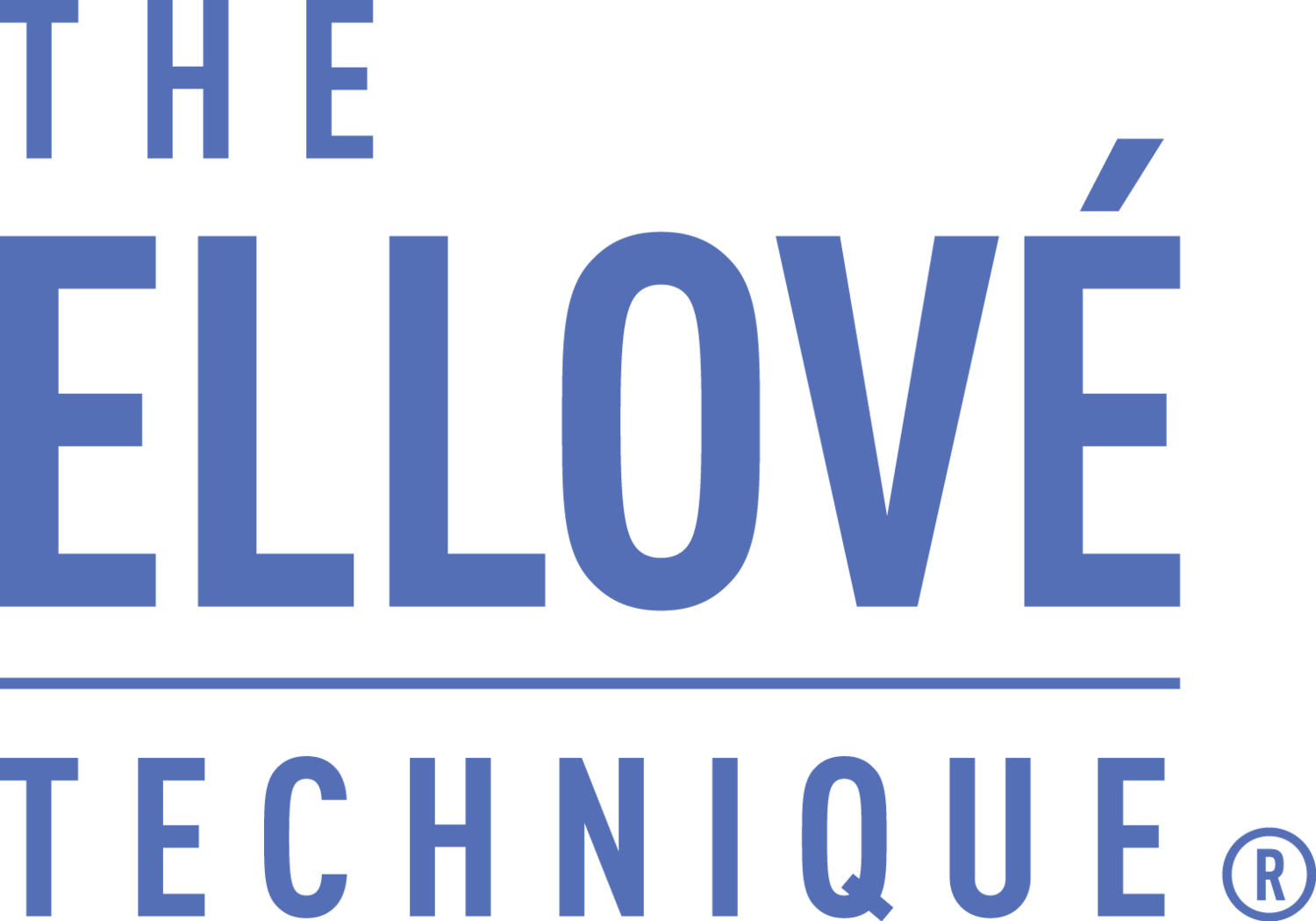Frequently Asked Questions
Q: How is Ellové different from other conditioning programs?
A: Ellové isn’t just a class- it’s an experience. Each class addresses the full body and the spirit, through intentional movement and honoring the body’s individual needs in each moment. Ellové is taught in your own studio by dance-trained, certified instructors who understand technique, class flow, alignment, and musicality. Injury reduction is a key component of the therapeutic approach to movement in Ellové and we are endorsed by contributing dance physical therapist Amy Werner and Doctors for Dancers. The entire class is choreographed to music and maximizes the focus on execution of the exercises, rather than on props. Not only is the format of the class unique to Ellové, but the seamless transitions and artistry in the delivery make it perfect for the dance studio environment.
Q: How can I take an Ellové class if one isn't offered in my city?
A: Try an online class! We also travel frequently to teach workshops, instructor trainings, and present at conferences across the country. If you are interested in bringing Ellové to your city or studio, or hosting a training, contact us at info@theellovetechnique.com - we'd love to discuss all the ways we can make Ellové more accessible to you!
Q: How is Ellové taught to different abilities and ages of students?
A: The Ellové Technique is designed to be adaptable to all ages and abilities (we recommend starting at age 10, or intermediate level dancers). While it is ideal to have students with a similar range of abilities, that is often not the case, so instructors are trained to approach each class with a variety of modifications, including working with students with specific injuries or physical limitations.
Q: Why do we only use 1 pound hand weights and not heavier?
A: When working on arm positioning and shoulder and scapula stability, light weights are extremely effective in achieving tone and strength. For dancers, the feedback from light weights allows the arms to better engage from the back. And trust us, 1 pound is no joke when the arms don't rest for 10 minutes!
Q: What does the name Ellové mean?
A: In ballet, the term elevé means 'rise'. We took the initials of our team (Erin, Lisa, and Laura) and incorporated two important components of The Ellové Technique: RISING within ourselves to achieve strength (in body and spirit), balance, and alignment, and LOVE of self and others. These two elements are embedded in the teaching philosophies of Ellové, and what we endeavor for all of our students to feel in every class.

